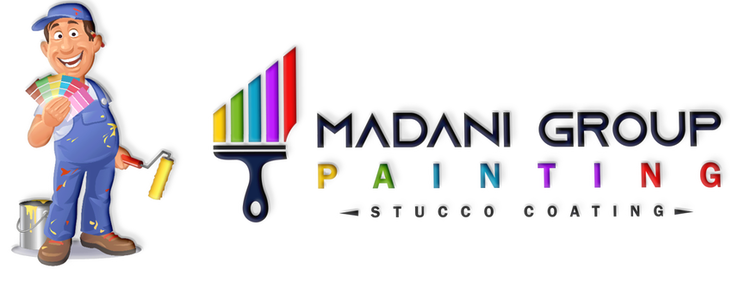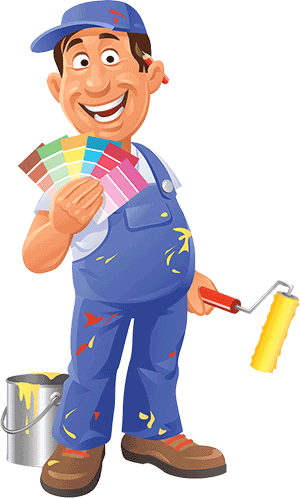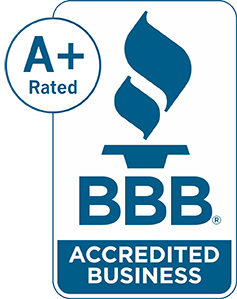Good business practice says that, all other things being equal, take the option that’s going to increase efficiency. When considering a new paint job for your business or organization, most people simply consider what colour schemes might suit their aesthetic. How the place looks is definitely key; different colours can affect emotions and understanding, and you may want to use a certain colour to increase appetite or induce calm. Your business may also have a particular brand colour you want to reinforce in your customer’s minds; all of these can be incorporated into a more efficient colour scheme for your business.
For large businesses and organizations, including schools and hospitals, using paint to delineate sections of your building is a great way of creating an intuitively navigable space. Using a medical facility as an example, you might paint a pediatrics ward a soothing pink, and the walk-in may be a calm lavender; put up signage where the names of the wards are in fonts the same colour as the paint in that particular ward. Gaps of a neutral colour can be used between wards to delineate the transition between the two, and arrows of a ward’s colour can be used on the walls to help people navigate to the appropriate space.
Paint can also be used to help customers instinctively avoid employee-only areas. Suppose most of your building is painted green with brown accents; a service counter might be set up in front of a grey wall, so if someone finds themselves with the grey wall behind them, they’ll know they’ve strayed out of the customer area without even thinking about it. This same concept can be used in areas where different security clearance is necessary for access; each tier of clearance can correspond to a certain paint colour, so you’ll know if you’re out of your zone.
Information about your business can be encoded into your paint. You can have your logo painted on a wall, to reinforce your brand. Equally, you might literally paint recognizable signs on your wall; a large stop sign for areas you want people to avoid, or a caution wall in a warehouse to warn heavy machinery not to go past a certain area. Humans use patterns and colours constantly to convey information, so take advantage of culturally encoded norms to teach your clients and employees what to do without telling them.
No matter what your business is, there’s a creative way to paint your interior that will add efficiency by playing off of intuition. There’s solutions for every industry from food and beverage to education, so consider what your needs are, where inefficiencies exist, and how they might be addressed with a new coat of paint. High quality interior painting is an art; it takes creativity and ingenuity to do it right. Contact a professional paint contractor to discuss ideas; brainstorming with a group that’s been in the business for years can help invigorate your thinking with new ideas they’ve seen from other buildings in your sector.
For large businesses and organizations, including schools and hospitals, using paint to delineate sections of your building is a great way of creating an intuitively navigable space. Using a medical facility as an example, you might paint a pediatrics ward a soothing pink, and the walk-in may be a calm lavender; put up signage where the names of the wards are in fonts the same colour as the paint in that particular ward. Gaps of a neutral colour can be used between wards to delineate the transition between the two, and arrows of a ward’s colour can be used on the walls to help people navigate to the appropriate space.
Paint can also be used to help customers instinctively avoid employee-only areas. Suppose most of your building is painted green with brown accents; a service counter might be set up in front of a grey wall, so if someone finds themselves with the grey wall behind them, they’ll know they’ve strayed out of the customer area without even thinking about it. This same concept can be used in areas where different security clearance is necessary for access; each tier of clearance can correspond to a certain paint colour, so you’ll know if you’re out of your zone.
Information about your business can be encoded into your paint. You can have your logo painted on a wall, to reinforce your brand. Equally, you might literally paint recognizable signs on your wall; a large stop sign for areas you want people to avoid, or a caution wall in a warehouse to warn heavy machinery not to go past a certain area. Humans use patterns and colours constantly to convey information, so take advantage of culturally encoded norms to teach your clients and employees what to do without telling them.
No matter what your business is, there’s a creative way to paint your interior that will add efficiency by playing off of intuition. There’s solutions for every industry from food and beverage to education, so consider what your needs are, where inefficiencies exist, and how they might be addressed with a new coat of paint. High quality interior painting is an art; it takes creativity and ingenuity to do it right. Contact a professional paint contractor to discuss ideas; brainstorming with a group that’s been in the business for years can help invigorate your thinking with new ideas they’ve seen from other buildings in your sector.



